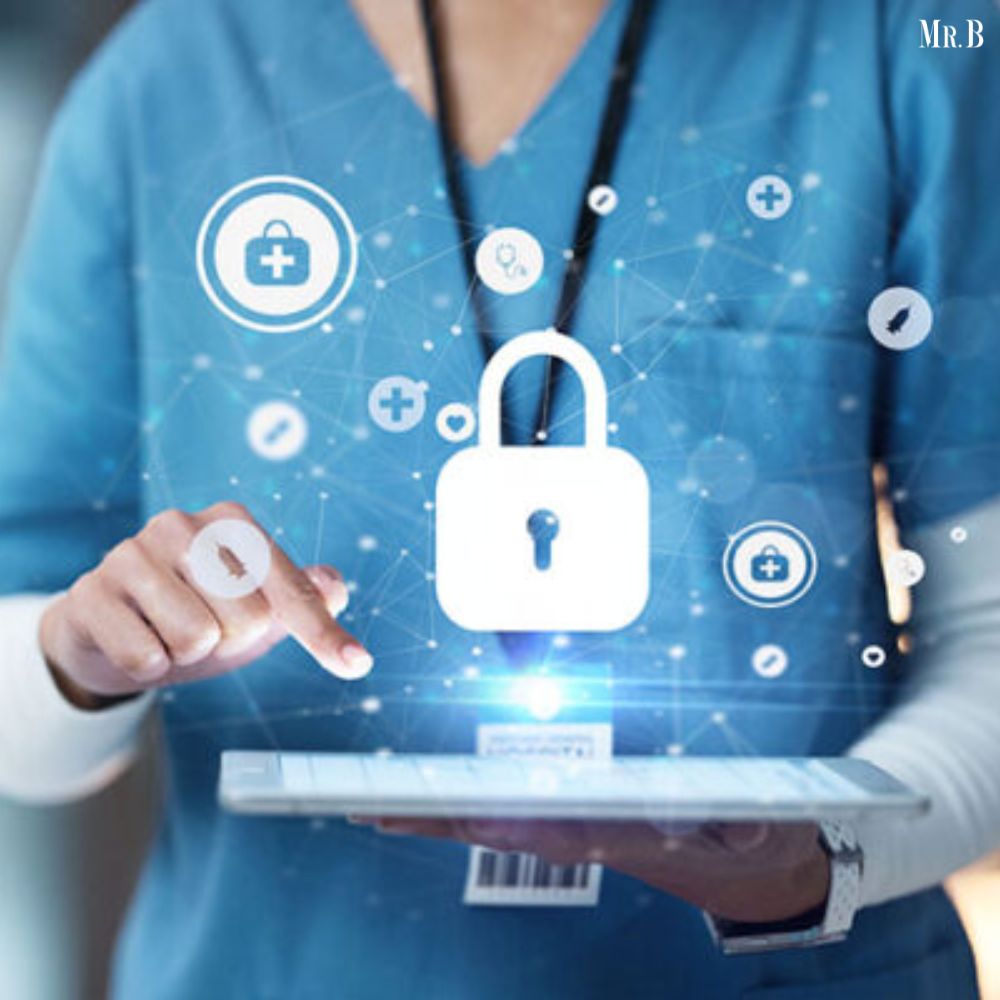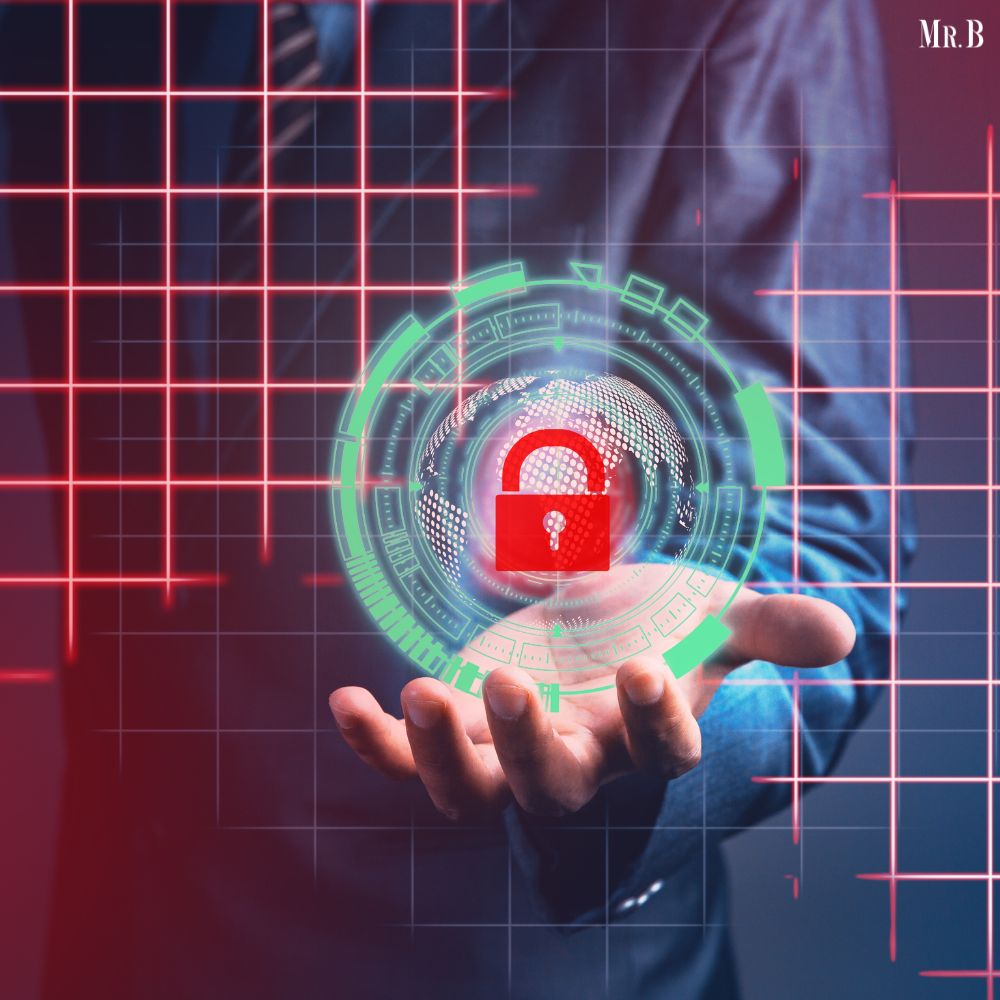Safeguarding Health: The Imperative of Medical Device Security
- Category: Healthcare

In an era dominated by technological advancements, the integration of digital systems in healthcare has revolutionized patient care and medical practices. From sophisticated imaging machines to implantable devices, the landscape of medical devices has expanded dramatically, offering unprecedented benefits in diagnosis, treatment, and patient monitoring. However, this rapid evolution has also brought forth a critical concern: the security of medical devices.
Understanding the Landscape
Medical device security encompasses a wide range of technologies, protocols, and practices aimed at safeguarding medical devices from unauthorized access, tampering, and exploitation. These devices include everything from insulin pumps and pacemakers to hospital equipment like MRI machines and infusion pumps. The increasing connectivity of these devices to hospital networks and the internet, often referred to as the Internet of Medical Things (IoMT), has introduced new vulnerabilities and risks that demand immediate attention.
The Growing Concern
The vulnerability of medical devices to cyberattacks poses significant risks to patient safety, data privacy, and healthcare operations. A compromised medical device can be manipulated to deliver incorrect dosages of medication, alter treatment parameters, or even shut down critical functions, potentially endangering patient lives. Moreover, the data generated and transmitted by these devices, including sensitive patient information and medical records, are prime targets for cybercriminals.
Key Challenges in Medical Device Security
1. Legacy Systems:
Many medical devices in use today were designed without robust security features, making them susceptible to exploitation.
2. Interoperability Issues:
Integrating diverse devices from different manufacturers into a cohesive and secure network presents technical challenges.
3. Lack of Standardization:
The absence of universal security standards for medical devices complicates efforts to ensure consistent protection across devices and platforms.
4. Resource Constraints:
Healthcare organizations often face resource limitations in terms of expertise, budget, and time, hindering their ability to implement comprehensive security measures.
The Stakes for Patient Safety
The ramifications of inadequate medical device security extend beyond data breaches and financial losses. Patient safety lies at the heart of this issue, as demonstrated by several real-world incidents highlighting the vulnerabilities of medical devices. For instance, in 2017, the FDA issued a safety communication regarding certain implantable cardiac devices that were found vulnerable to cybersecurity threats, potentially exposing patients to risks such as unauthorized access or device malfunction.
Addressing the Imperative
Recognizing the criticality of the situation, stakeholders across the healthcare ecosystem are actively engaged in efforts to enhance medical device security. Here are key strategies and initiatives driving progress in this domain:
1. Regulatory Frameworks:
Regulatory bodies such as the FDA in the United States and the European Medicines Agency (EMA) in Europe have been proactive in issuing guidelines and regulations to promote the cybersecurity of medical devices. Compliance with these standards is mandatory for manufacturers seeking market approval.
2. Collaborative Initiatives:
Public-private partnerships and collaborations between healthcare organizations, technology companies, and cybersecurity experts are fostering information sharing, best practices development, and joint research efforts focused on mitigating security risks.
3. Security by Design:
Incorporating security considerations at the design stage of medical devices is paramount. Manufacturers are increasingly adopting principles such as secure coding practices, encryption standards, and access controls to fortify device security from inception.
4. Risk Assessment and Management:
Conducting thorough risk assessments, including threat modeling and vulnerability testing, enables healthcare providers to identify and prioritize security threats. Implementing risk management strategies involves deploying security patches, updates, and monitoring mechanisms to mitigate identified risks.
5. Education and Training:
Healthcare professionals, including clinicians, biomedical engineers, and IT staff, require specialized training on cybersecurity practices relevant to medical devices. Awareness campaigns and continuous education programs contribute to building a vigilant and responsive security culture within healthcare organizations.
The Role of Technology and Innovation
Advancements in cybersecurity technologies are instrumental in bolstering medical device security. Key technological interventions include:
1. Blockchain:
Leveraging blockchain technology can enhance the integrity and traceability of medical device data, reducing the risk of data tampering and unauthorized access.

2. Artificial Intelligence (AI):
AI-driven algorithms play a crucial role in detecting anomalies in device behavior, identifying potential security threats, and enabling real-time responses to mitigate risks.
3. Secure Communication Protocols:
Implementing robust encryption standards and secure communication protocols such as Transport Layer Security (TLS) ensures the confidentiality and integrity of data transmitted between medical devices and backend systems.
4. Biometric Authentication:
Incorporating biometric authentication mechanisms such as fingerprint or iris scanning adds an additional layer of security, reducing reliance on vulnerable password-based authentication methods.
Looking Ahead: Future Trends and Challenges
While significant strides have been made in advancing medical device security, several challenges and evolving trends warrant continued attention:
1. IoMT Expansion:
The proliferation of IoMT devices, including wearable health trackers and remote patient monitoring systems, introduces new entry points for cyber threats, necessitating enhanced security measures and vigilance.
2. Regulatory Compliance:
Adhering to evolving regulatory requirements and standards while navigating complex global markets remains a persistent challenge for medical device manufacturers and healthcare providers.
3. Cyber Threat Sophistication:
As cyber threats evolve in complexity and sophistication, the healthcare industry must adopt proactive defense strategies, including threat intelligence sharing and predictive analytics, to stay ahead of potential breaches.
4. Human Factor:
Insider threats, human errors, and inadequate cybersecurity hygiene among healthcare personnel continue to pose risks to medical device security, highlighting the need for ongoing training and awareness initiatives.
Navigating the Complexities
Achieving comprehensive medical device security requires a multifaceted approach that addresses technical, regulatory, and human factors. Let’s delve deeper into each of these dimensions:
Technical Solutions:
1. Network Segmentation:
Isolating medical devices within secure network segments helps contain potential breaches and limit unauthorized access.
2. Intrusion Detection Systems (IDS):
Deploying IDS solutions enables real-time monitoring of network traffic for suspicious activities or anomalies indicative of security breaches.
3. Device Authentication:
Implementing strong authentication mechanisms, such as multi-factor authentication (MFA) or digital certificates, verifies the identity of users and devices accessing sensitive healthcare systems.
4. Continuous Monitoring:
Conducting regular security audits, vulnerability assessments, and penetration testing identifies weaknesses in device configurations or network defenses, allowing for timely remediation.
5. Endpoint Security:
Installing and updating endpoint protection software on medical devices guards against malware infections and unauthorized software installations.
Regulatory Compliance:
1. FDA Guidance:
Following the FDA’s cybersecurity guidelines, including pre-market and post-market recommendations, ensures that medical device manufacturers meet essential security requirements and adhere to best practices.
2. HIPAA Compliance:
Healthcare organizations must comply with the Health Insurance Portability and Accountability Act (HIPAA) regulations regarding the protection of patient health information (PHI) to safeguard data privacy and confidentiality.
3. International Standards:
Adhering to global standards such as ISO 13485 (Quality Management Systems for Medical Devices) and ISO 27001 (Information Security Management) demonstrates a commitment to robust security practices across markets.
Human Element:

1. Training and Awareness:
Educating healthcare staff about cybersecurity risks, incident response protocols, and safe computing practices fosters a security-conscious culture and reduces human errors that could compromise device security.
2. Vendor Collaboration:
Engaging with device manufacturers and third-party vendors to ensure timely security updates, patches, and vulnerability disclosures strengthens the overall security posture of medical devices throughout their lifecycle.
3. Incident Response Plans:
Developing and regularly testing incident response plans prepares healthcare teams to effectively respond to security incidents, minimize disruptions, and mitigate potential harm to patients.
Emerging Trends and Innovations
As the healthcare landscape evolves, several emerging trends and innovations are reshaping the approach to medical device security:
1. Edge Computing:
Leveraging edge computing platforms closer to medical devices reduces latency, enhances data processing capabilities, and minimizes exposure to external cyber threats by limiting data transfer over networks.
2. Zero Trust Architecture:
Adopting a Zero Trust model, where every user and device must authenticate and be verified before accessing resources, strengthens access controls and mitigates the risks of unauthorized access or lateral movement by attackers.
3. Biomedical Cybersecurity Research:

Collaborative efforts between cybersecurity experts, biomedical engineers, and healthcare practitioners are driving research into advanced threat detection mechanisms, secure communication protocols, and resilient medical device designs.
4. Regulatory Evolutions:
Regulatory bodies continue to refine and update cybersecurity requirements for medical devices, emphasizing risk management frameworks, incident reporting obligations, and post-market surveillance to ensure ongoing device safety and security.
Medical device security is a global concern that necessitates collaboration and information sharing across borders. International forums, industry consortia, and cybersecurity alliances play a crucial role in promoting best practices, harmonizing standards, and fostering innovation in medical device security technologies. By leveraging collective expertise and resources, stakeholders can proactively address evolving threats and safeguard the integrity of healthcare ecosystems worldwide.
Conclusion: Safeguarding Health, Ensuring Trust
In conclusion, the imperative of medical device security transcends technical complexities and regulatory frameworks—it embodies a commitment to patient safety, data integrity, and healthcare resilience. As we embrace digital transformation in healthcare, we must fortify our defenses against cyber threats that endanger lives and erode trust in medical technologies. By integrating robust security measures, fostering collaborative partnerships, and embracing innovation, we can navigate the evolving landscape of medical device security with confidence, ensuring that advancements in healthcare technology remain a force for good in improving global health outcomes. Medical device security isn’t just about protecting data; it’s about protecting lives, fostering innovation, and upholding the core values of healthcare excellence and patient-centered care.







